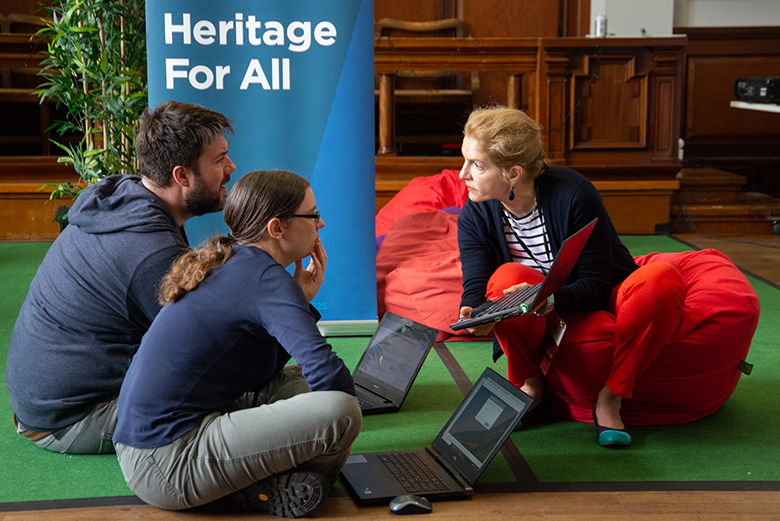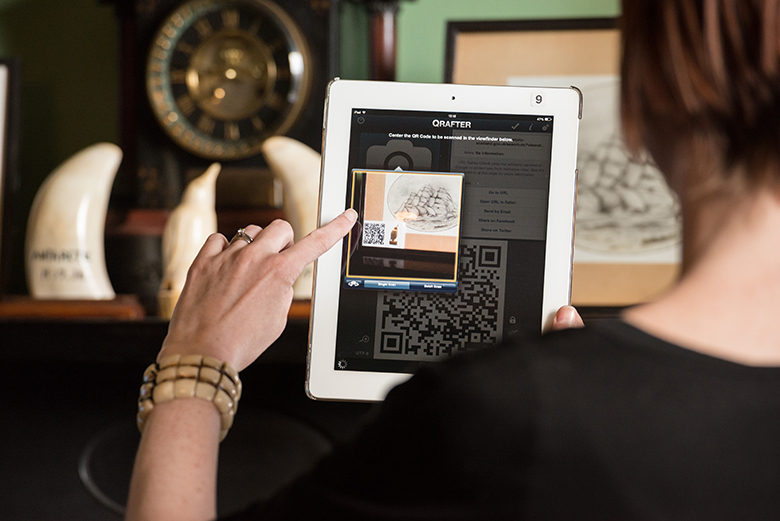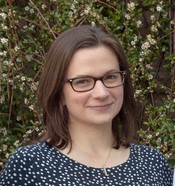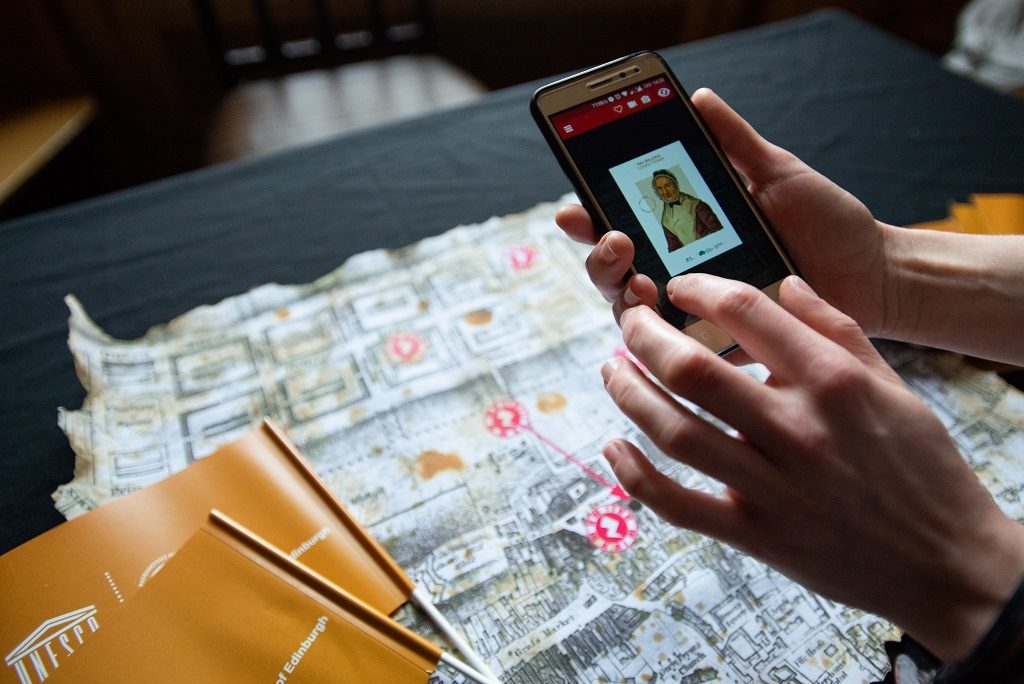Historic Environment Scotland is full of people who have really exciting roles. We have archaeologists, tour guides, photographers, architectural historians and conservators.
I have a degree in archaeology but have fallen into a very different area of heritage: data management. Rather than getting my hands dirty, I’m mostly at my desk, with Excel Spreadsheets and various database tabs open! At first glance it’s not an exciting career, but I hope I can convince you otherwise.
There’s a small network of people like me across the country. In local authorities a similar role is often known as a Historic Environment Record Officer (which has the fantastic and very apt acronym HERO!) You can see what these data fiends are up to over on the Scottish Historic Environment Records Forum.
The way I think about my job is that I support everyone who has an interest in Scotland’s landscapes. This could be surveyors, archaeologists, or anyone who just wants to know about that building they walk past every day.
I help gather, analyse and make available the amazing work that goes on across the sector, from HES and beyond. One of the main ways I do this is by helping look after Canmore. Canmore is the National Record of the Historic Environment and contains over 320,000 records and 1.3 million catalogue entries.
In the Data Management Team one of our main roles is to improve our information about places. For example, matching up our records to information on archaeological digs or architects. We also help gather information about the historic environment and make it available to whoever wants it.

Last year we were one of the teams involved in Scotland’s first ever heritage and history hackathon. Find out more in this blog post.
Tell me more, tell me more!
I also work on projects which aim to improve the information we hold and make it more accessible. We know there are many things we could improve. For instance, we know that Canmore isn’t very good at saying how old things are. The reason for this isn’t that we don’t know, it’s just that we haven’t always added this information to Canmore.
Only a decade or so ago, most people interacted with us by coming into our archives and library to look at paper records. There, they could speak to our staff face-to-face to find out all about a building or an archaeological site. In addition, most visitors were heritage professionals who could tell at a glance that a building was late nineteenth century. This meant that the age of something often wasn’t noted down as a priority.
The digital revolution has changed the way we all interact with our heritage. We understand how important it is for everyone to be able to access accurate information. But catching up takes time.
We’re working hard to get that vital data in there. Sometimes we use quite traditional methods like having a look at architectural drawings in our physical archive. But we’re also exploring new technologies like ‘data mining’ to automatically extract dates from dense free text.
The work we are doing to make our data more accessible is being paralleled by the Digital Archives team. They look after all the individual files within the archive. It’s their job to manage the information that’s attached to each file. For example, the image captions, copyright information and where the files came from. Digital archiving is as much of a specialism as looking after ‘traditional’ paper archives.
Joining the dots
Lots of other projects are aiming to bring together data from a range of places to make it easier to find. For example, if you’re looking at information about an object in your local museum, wouldn’t it be nice to instantly find out more about the place it was found? Good ideas like this sound obvious, but it requires a lot of work behind the scenes to link pieces of information which may have been separated for decades.

We also need to get better at explaining things for all audiences. Academics understand the jargon we use, but we need to do better for people who, for example, don’t speak English as a first language.
A lot of my work is tied to the Scottish Historic Environment Data Strategy, which is holding an event as part of the DataFest 2020 Fringe. As a sector, we will be celebrating what we’ve done, but we’ll also have a look at how far we have to go!
Join us at John Sinclair House on Wednesday 11 March as we ponder the question Is Scotland’s Historic Environment Data Fit for the Future?
About the author
 Susan Hamilton is a project manager in the Data Management team who liaises with organisations across Scotland who hold or use information about the historic environment. This ranges from universities to planners and to organisations like the RSPB.
Susan Hamilton is a project manager in the Data Management team who liaises with organisations across Scotland who hold or use information about the historic environment. This ranges from universities to planners and to organisations like the RSPB.

